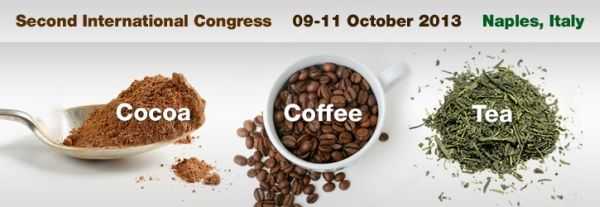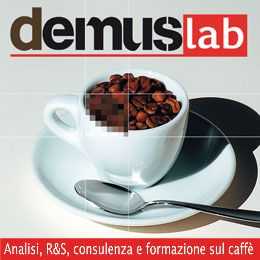Bakuradze T.1, Raedle J.2, Montoya G. 3, Dieminger N.4, Lang R.4, Hofmann T.4, Winkler S.5, Marko D.5, Riedel A.6, Somoza V.6, Schipp D.7, Stiebitz H.8, Bytof G.8, Lantz I.8, Eisenbrand G.1, Richling E.1
1Department of Chemistry, Division of Food Chemistry and Toxicology, University of Kaiserslautern, Kaiserslautern, Germany 2 Westpfalz-Klinikum, Medizinische Klinik III, Kaiserslautern, Germany 3 Universidad de Antioquia Escuela de Nutrición y Dietética, AA1216 Medellín, Colombia 4 Chair of Food Chemistry and Molecular Sensory Science, Technische Universität München, Freising, Germany 5 Department of Nutritional and Physiological Chemistry, University of Vienna, Vienna, Austria 6 Department of Food Chemistry and Toxicology, University of Vienna, Vienna, Austria 7 www.ds-statistik.de, Rosenthal-Bielatal, Germany 8Tchibo GmbH, Hamburg, Germany
Coffee is one of the most popular beverages consumed worldwide. It contains a multitude of compounds from the green bean and process-generated, including phenolics, roasting-associated components, purine alkaloids and soluble fiber as major components.
Promise for beneficial health effects associated with regular coffee drinking find growing attention, and are supported by epidemiologic findings of reduced risk for degenerative diseases such as, diabetes type 2, cardiovascular disease and cancer [1].
These effects have partly been ascribed to antioxidant and body weight/fat reducing effects.
A randomized, controlled cross-over free-living intervention study with two coffee blends was carried out in 84 healthy subjects (male and female ages 20-44, BMI 19-26).
The influence of four weeks regular daily coffee consumption (total 750 mL, 45 g of study blend, SB, and market blend, MB) on body weight/composition, food intake,cellular energy status and platelet cAMP phosphodiesterase (PDE) was studied. Coffee brews provided the same amounts of caffeine but differed in contents of caffeoylquinic acids and N-methylpyridinium ion. Body weight/composition were monitored together with intake of energy/nutrients in addition with the following biomarkers: platelet cAMP and PDE as well as plasma adenosine and adenosine deaminase activity (ADA).
Results show a significant reduction of body fat over the whole study period by each coffee (both p<0.001), more pronounced after SB consumption. The energy status in the platelets of the probands was modulated within this four weeks intervention, concomitant with inhibition of PDE activity (p<0.001) and increased cAMP concentration after coffee consumption.
During the intervention with SB, increased plasma adenosine (p<0.01) was observed, compared to the preceding wash-out period. ADA was not altered after consumption of coffee.
To ascertain potential effects on platelet cAMP and PDE as well as plasma adenosine and adenosine deaminase activity (ADA), a second short term two weeks intervention study (8 subjects, male and female ages 20-44, BMI 19-29) was carried out, administering a regular and a caffeine reduced coffee (750 ml a day prepared from 8 pads).
Results showed a highly significant inhibition of PDE activity (p<0.001) after coffee intervention, associated with caffeine content.
Our findings suggest regular coffee consumption to exert health beneficial effects, as evidenced by reduced body fat as well as by modulation of cellular energy homeostasis and PDE activity. References: Natella F, Scaccini C. Role of coffee in modulation of diabetes risk. Nutr Rev. 2012 70(4):207-17.













